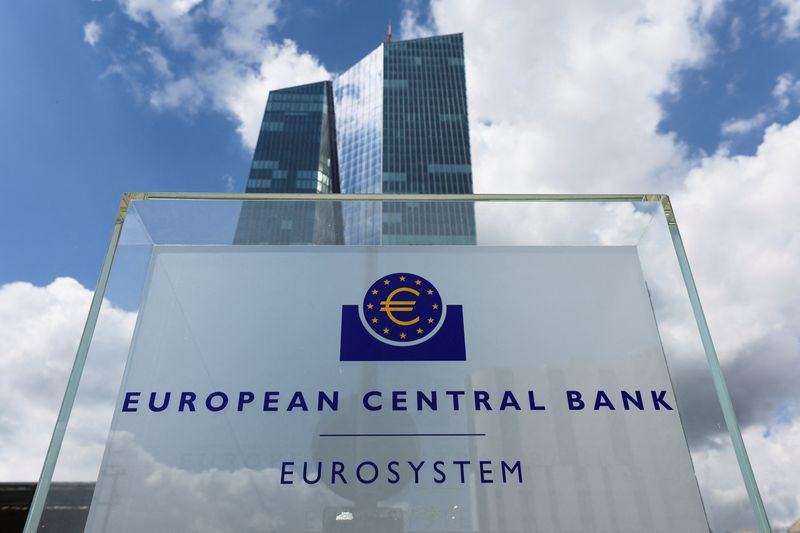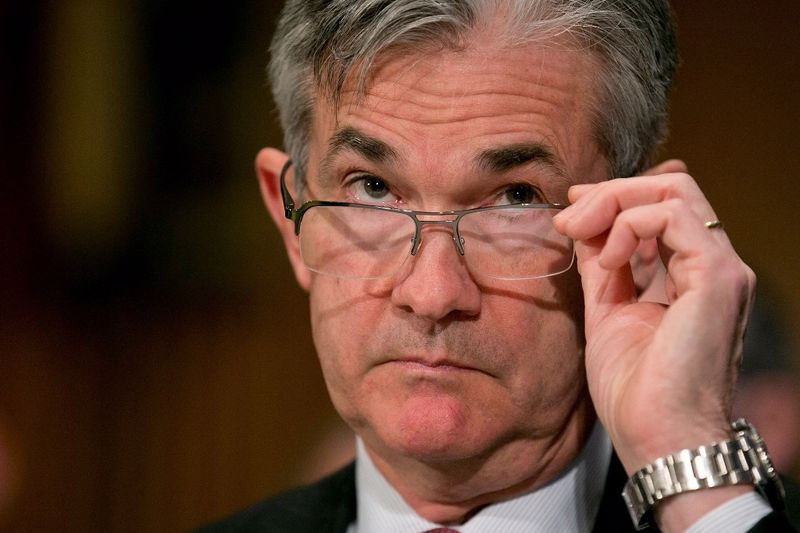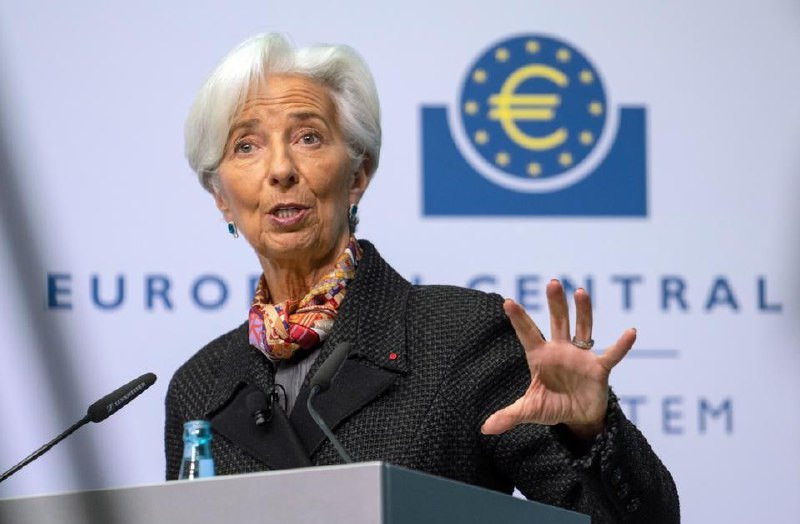
As investors raise bets on further monetary tightening by the European Central Bank and the Federal Reserve, the window for rate hikes on both sides of the Atlantic is rapidly closing. And something suggests that this window may close in the eurozone sooner rather than later.
It is obvious that the ECB is now trying to buy time and support the single currency.
The euro has been at parity against the dollar for several weeks now, and its sharp fall to 20-year lows this year is pushing up import costs and pushing up inflation.
Therefore, the ECB is doing its best to alleviate the fate of the single currency, at least to soften its fall.
A similar picture was observed in 2000. Back then the ECB really managed to win a couple of months, but did not reverse the downward trend in EUR/USD. This required large foreign exchange interventions. Then the leading central banks were forced to intervene to help stop the depreciation of the euro, which politicians feared would hurt the global economy.
Now, however, Fed officials are indicating that they are comfortable with a strong dollar, which is helping to fight rising inflation. This makes coordinated intervention by central banks to support the euro less likely.
So far, the ECB has to rely only on its own strength. The central bank is doing its best to sound hawkish and keep the euro afloat.
The day before, the ECB raised the main interest rate by 75 bps for the first time in its history.
The euro welcomed the decision, climbing nearly 0.3% to hit 1.0030. However, the single currency failed to stay above parity and ended Thursday's trading at $0.9994.
Following the results of the meeting, the ECB indicated that achieving price stability is its top priority. In addition, the central bank noted that it expects a further increase in the base rate at the next meetings.
"We see the ECB's decision in favor of a larger move as a signal to markets that the central bank is serious about restoring its inflation-fighting powers and that it is willing to bear the costs in a lower growth environment to ensure price stability," Morgan Stanley analysts said.

Policy makers have vacillated for weeks between 50 and 75 basis point rate hikes, but another bounce in both headline and core inflation in the eurozone has likely settled the debate as ECB President Christine Lagarde has repeatedly argued that the current high level of consumer prices is simply unacceptable.
"Given the high level and persistence of inflation in the euro area, decisive action was required. This move is fully in line with our desire to normalize monetary policy, which we have been implementing since December last year," Lagarde said, commenting on the 75 bps rate hike.
"The current level of rates is far from neutral, and the central bank will have to continue to raise them," Lagarde said at a press conference.
When asked about future steps, she said 75 basis points was not the norm and future steps could be less, but she also refused to rule out a similarly large step in the future.
Money markets are now quoting an ECB interest rate hike of just over 50 basis points in October and a similar hike in December.
"The ECB sent a clear signal by raising its key interest rate by 75 basis points. The central bank retained the prospect of a further increase in interest rates due to high inflation. The ECB needs to raise its deposit rate to around 4% to bring inflation back to 2%. However, we still expect it to raise the deposit rate to 1.75% by the beginning of next year, but after that it will put a hold on the process of raising rates due to a recession that will then become noticeable," Commerzbank strategists said.
The ECB raised its eurozone consumer price growth forecast for 2023 to 5.5% from 3.5%. At the same time, the central bank lowered its estimate for eurozone GDP growth next year to 0.9% from 2.1%.
These forecasts somewhat cooled the impulse of the bulls in EUR/USD.
In addition, Lagarde said that it is still premature to consider quantitative tightening as a possible political action.
The euro holiday was also spoiled by tough statements from Fed Chairman Jerome Powell, who reaffirmed the central bank's aggressive stance on inflation, allowing the dollar to brush off its daily losses.
"We need to act now, straight forward, decisively, as we have done, and we must continue in the same spirit until the job is done. The Fed bears and assumes responsibility for price stability," the head of the Fed said.

The fact that Powell did not rule out the possibility of a larger rate hike at the next FOMC meeting led some analysts to conclude that this is almost a deal.
The derivatives market is now estimating an 85% chance of an increase in US borrowing costs in September.
"Powell did not press for a change in market prices. Now we expect the Fed to raise the rate by 75 bps in September," Bank of America analysts said. Previously, they predicted a rate hike of half a percentage point.
Economists at Goldman Sachs have also reversed their previous view that the Fed will slow down its key rate hike after larger hikes in June and July. They now expect a 75 basis point rate hike this month.
"Fed officials have been hawkish lately and seem to imply that progress on curbing inflation has not been as even or fast as they would like," Goldman Sachs said.
"It is not yet clear how tighter financial conditions will stack with other key economic growth drivers in 2023, but we see the Fed rate hike cycle continuing beyond this year," they added.
The problem facing FOMC officials is how high and how fast borrowing costs must rise to contain the worst inflationary flare since the 1980s, and whether monetary policy can be tightened without triggering a recession.
According to Lael Brainard, vice chairman of the US central bank, the Fed will eventually face the need to balance the risks of under and over raising the rate.
"At some point in the policy tightening cycle, the risk will become two-sided. However, based on history, it is very important to avoid the risk of a premature retreat. We must maintain a risk management strategy to protect against the possible persistence of high inflation expectations," said Brainard.
A similar opinion is shared by her boss Powell.
"History warns against premature easing of policy. The central bank is strongly committed to controlling inflation, but hopes to be able to do so without very high social costs," he said.
There is a very good chance the Fed can bring inflation down without triggering a significant recession, according to strategists at Wealthspire Advisors.
"The US is in a splendid position thanks to a continued strong labor market, which means the Fed can raise rates without creating a sharp economic downturn," they said.
Meanwhile, higher borrowing costs in the euro area are unlikely to stop the soaring energy prices behind the surge in inflation in the region.
Lagarde noted the continued risk of accelerated inflation in the eurozone amid rising energy prices, adding that the central bank cannot reduce gas prices with the help of monetary policy.
Sky-high energy prices, the risk of gas shortages, and fiscal and regulatory measures will determine the outlook for eurozone GDP and inflation far more than what the ECB can do with its rates, Berenberg analysts believe.
Lagarde warned that the economic outlook will worsen even more if disruptions in the supply of energy carriers require wider energy rationing.
Commenting on the economic forecasts of the ECB, she said that the pessimistic scenario provides for a decline in eurozone GDP by 0.9% in 2023. This scenario, according to her, includes a complete cessation of Russian gas supplies to Europe.

"We continue to believe that the energy crisis in the eurozone will continue to limit the ability of the euro to strengthen amid a hawkish ECB and, ultimately, limit the ability of the ECB to raise rates after the end of the year," analysts at MUFG Bank said.
They remain skeptical about the EUR/USD pair's ability to continue its advance well above parity.
On Friday, the major currency pair jumped more than 100 points to hit a three-week high near 1.0110 as the dollar retreated on a broad front.
The weakening of the USD may be due to the desire of traders to take profits after a significant increase in the greenback recently.
The euro is on track for a weekly gain of 0.9% and is preparing to break a three-week losing streak.
Commerzbank analysts believe that the upward movement of EUR/USD will be short-lived.
"The euro should remain under pressure, especially against the US dollar, and especially if the energy crisis in the eurozone continues to worsen and signs of recession grow, while the market still does not believe in the ECB's ability to successfully fight high inflation. As a result, the euro may be under bearish pressure. The upward movement in the EUR/USD pair may turn out to be only a short-term interlude," they noted.
Danske Bank expects that the main currency pair will continue to decline.
"The growth rate of the European economy is declining, but the ECB is not predicting a recession yet. Inflationary risks remain upward and we remain skeptical that a rate hike will help the ECB address inflation in the near term," the bank's strategists said.
"We continue to see the risk of a further decline in the euro with a 12-month target of $0.95. At the same time, medium-term drivers will have a stronger impact on the EUR/USD pair in the coming quarters. Until we see a broad rebound in global growth, a sharp fall in energy prices and/or a Fed rate cut, we believe the EUR/USD pair is headed for further declines and the latest ECB decision will not change that," they added.
As for the current picture, bulls will be sidelined if EUR/USD fails to settle above 1.0100. In this scenario, 1.0050 (the 50% Fibonacci retracement level) would serve as intermediate support on the way to 1.0000 (100-day moving average).
On the other hand, if the pair starts using the 1.0100 level as support, it could target 1.0160 (the 61.8% Fibonacci retracement level) and further to 1.0200.





















